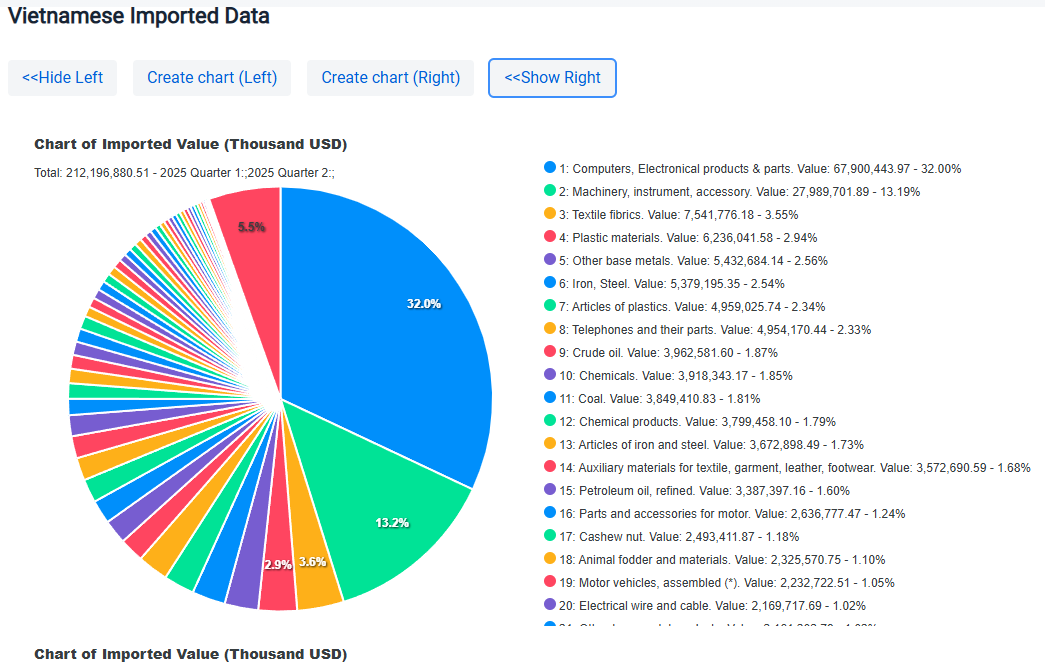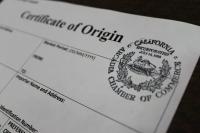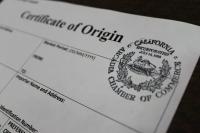HOUTHIS PROVIDE FAQS ON HOW SHIPS CAN AVOID BECOMING THEIR TARGET IN THE RED SEA
The Houthis updated their Frequently Asked Questions or FAQs Page, which gives detailed information about how ships can avoid the group’s attacks in the Gulf of Aden and the Red Sea.

The Houthis in Yemen updated their Frequently Asked Questions or FAQs Page, which gives detailed information about how ships can avoid the group’s attacks in the Gulf of Aden and the Red Sea.
The information can be found on a website which is maintained by the Humanitarian Operations Coordination Center (HOCC).
This is an organisation used by the Group to add legitimacy to their message and attacks on ships.
The website is well-maintained and has a professional look, more than the websites maintained by some government agencies in the region.
UKMTO, the trusted authority in the maritime security sector, provides industry-led advice to seafarers, but no advice is given on whether masters approaching the Red Sea and the Gulf of Aden danger area should interact with the HOCC or comply with its requirements.
This decision has been left to the discretion of the masters.
The HOCC FAQs invite seafarers to communicate with them and provide many channels for doing so.
They ask shipowners to submit a Safe Transit Request for clearance 48 hours in advance, specifying the ship’s name and its passage details.
Communicating with the HOCC enables the Houthis to know when a ship is entering the danger area, providing the group with the opportunity to research the vessel’s background and plan an attack.
Western operators also think about the consequences of engaging with a U.S.-designated terrorist group.
The FAQs refer to vessels banned by Houthis, who claim to have sent ‘pre-penalty notices’ by email to 64 owners who they claim have violated their blockade of Israeli Ports.
However, no list of 64 shipowners has been released, only an associated list of 15 US defence companies.
Owners can use a database search engine on the HOCC website to find if their ship is mentioned on the banned list.
There is no assurance that the Houthis used the correct contact information to warn shipowners or that the database search engine would provide accurate answers.
One can be a legitimate target for the Houthis based on secondary sanctions. Also, interacting with the HOCC website could alert the group to a potential target, and an absent or negative response offers no assurance that Houthis will deem a specific ship to be safe or a target.
In case of ships sailing through the danger area, the HOCC FAQ’s advise masters to keep their FAQ information updated, keep the emergency VHF Channel 16 open and remain in recognised shipping channels to avoid military vessels.
Lloyds List Intelligence reported 944 transits in the Red Sea, a depressed traffic low which has not changed in the past months.
Those ships at risk may take a different route or coordinate with naval forces for protection whenever possible.
Maritime risk consultancy Vanguard Tech said that the Houthi HOOC tool and the FAQs should not be relied upon as a substitute for professional risk assessments.
It added that the service is more of a strategic move to legitimise Houthi authority over the waters of Yemen and shape maritime narratives in their favour.
If companies depend on it, they could be exposed to incomplete, biased and misleading information.
Disclaimer :
The information contained in this website is for general information purposes only. While we endeavour to keep the information up to date and correct, we make no representations or warranties of any kind, express or implied, about the completeness, accuracy, reliability, suitability or availability with respect to the website or the information, products, services, or related graphics contained on the website for any purpose. Any reliance you place on such information is therefore strictly at your own risk. In no event will we be liable for any loss or damage including without limitation, indirect or consequential loss or damage, or any loss or damage whatsoever arising from loss of data or profits arising out of, or in connection with, the use of this website.
Disclaimer :
The information contained in this website is for general information purposes only. While we endeavour to keep the information up to date and correct, we make no representations or warranties of any kind, express or implied, about the completeness, accuracy, reliability, suitability or availability with respect to the website or the information, products, services, or related graphics contained on the website for any purpose. Any reliance you place on such information is therefore strictly at your own risk.
Do you have info to share with us ? Suggest a correction








